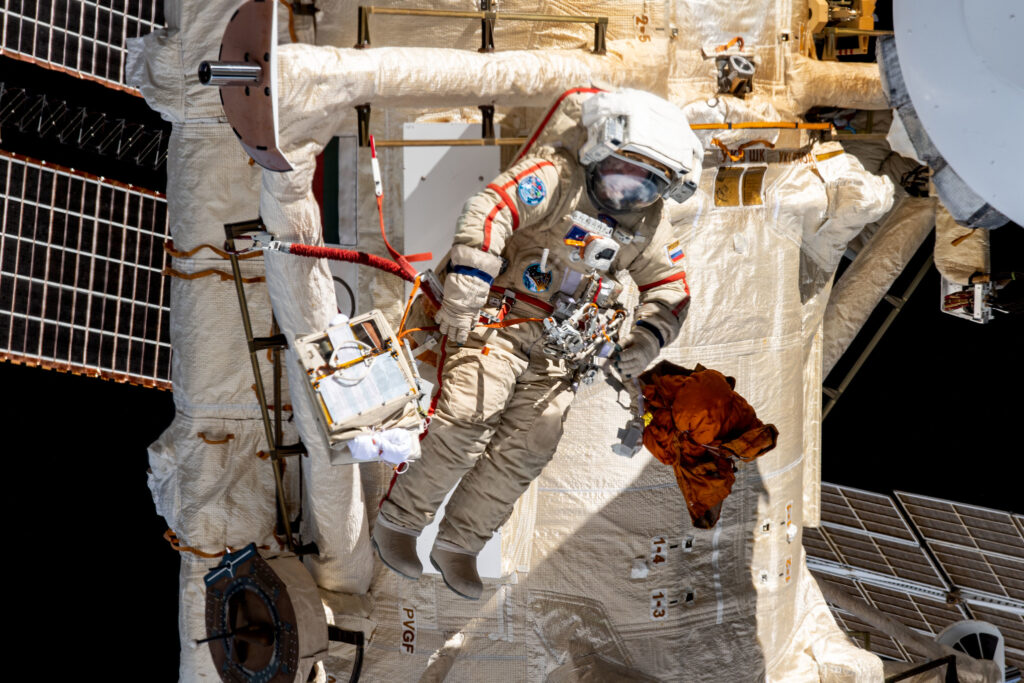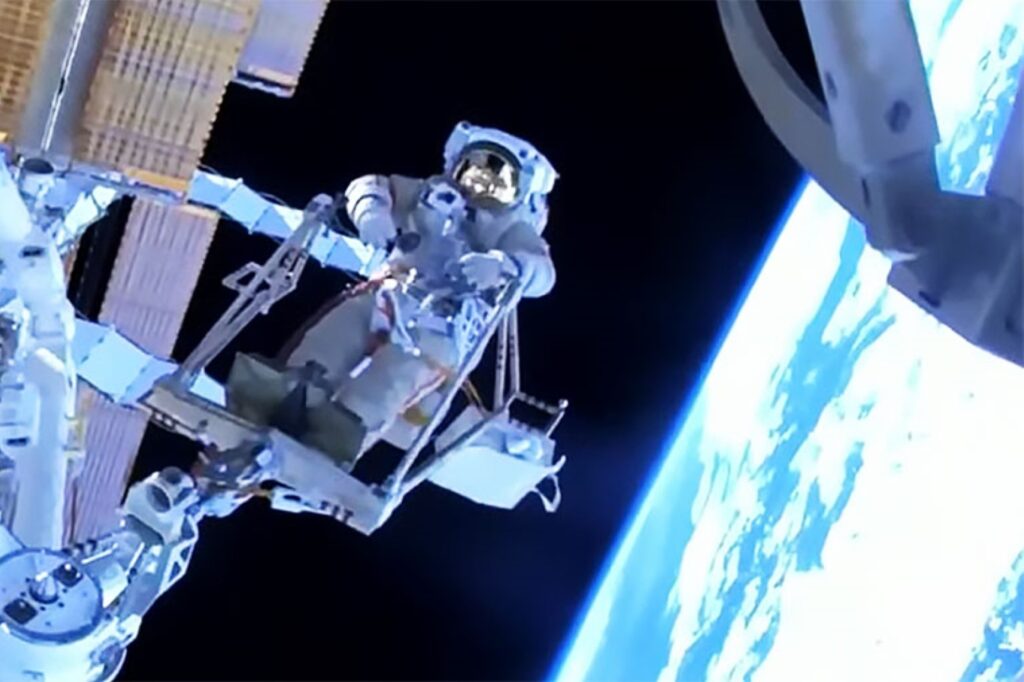Cosmonaut Sergey Prokopyev made history by riding the European Robotic Arm (ERA) during a spacewalk outside the International Space Station (ISS) on August 9, 2023.
Alongside Dmitri Petelin, the duo also successfully installed debris shields to the Rassvet mini-research module.
The ERA is an 11.3-meter-long engineering marvel, reminiscent of a human arm, with features such as elbows and wrists. The robotic arm assists with tasks outside the ISS, from maintenance to hardware installation, reducing the need for risky spacewalks.
While there are two other robotic arms used on the ISS, ERA differs with its unique ability to ‘walk’ around the space station, moving hand-over-hand, allowing it to reach areas that are difficult to access.
The ERA was integrated with the ISS as part of the Nauka (Russian for ‘science’) multi-purpose science module in July 2021. It provides Roscosmos cosmonauts with much-needed robotic assistance as no other robotic arm used in ISS can reach the Russian segment. Before its integration, cosmonauts relied on manual spacewalks for many tasks.
In July 2022, former chief of Roscosmos banned cosmonauts from using the arm following the European Space Agency (ESA) withdrawal from the ExoMars mission due to the Russo-Ukrainian war.
However, the ban was temporary, and ERA was returned to active service in April 2022. It is commonly used for tasks such as relocating equipment, but for the first time it carried a human aboard.

Prokopyev ventured to the edge of the ERA as the space station orbited about 260 miles above Africa. His mission was to assess the durability and sturdiness of a portable workstation attached to the robotic arm.
Cosmonaut Andrey Fedyaev operated the ERA from inside the Nauka module, while Petelin accompanied Prokopyev on the spacewalk, monitoring and recording the historic event.
The successful 40-minute operation showcased the ERA’s potential in transporting astronauts during future spacewalks.
Riding the robotic arm provides precise positioning, especially in areas difficult to access manually and reach specific locations safely, eliminating the need for lengthy spacewalks.
Prior to this advancement, Roscosmos cosmonauts on extravehicular activities (EVAs) had to rely on the manually operated ‘Strela’ booms to reach further distances around the ISS.

